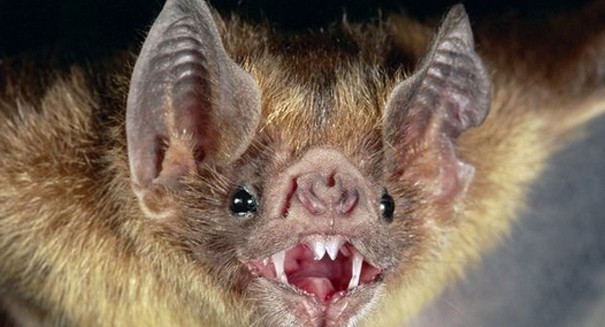
Spread of bat-killing disease could have dire consequences for farms and food production.
The seemingly insignificant death of a small brown bat in the Cascade Mountains of western Washington has set off an alarm across the whole country, when it was determined the bat died of white-nose syndrome, a mass killer of bats in which almost every bat infected dies.
A Washington Post story says the syndrome first appeared some 10 years ago in New York and began to migrate across the country as far west as Nebraska, causing the death of an estimated seven million bats along the way. The amazing leap of the disease to the Pacific Northwest, about a thousand-mile jump, has bat conservationists concerned.
Katie Gillies, director of the Imperiled Species Program at Bat Conservation International in Texas, said she thought this new finding was “really bad.” She added it appeared to be a great leap and now we will see if the spread of the disease radiates from a new point. She compared the spread to watching breast cancer metastasize.
The United States Fish and Wildlife Service was also alarmed about the news, but the agency is taking a cautious approach. They plan to have the remains of the bat tested genetically, analyze the disease that killed the bat, and, in cooperation with the state, conduct a sweep of the area, looking for more evidence.
Biologists are wanting to know how the disease jumped all the way to the northwest. It is known that the syndrome can be spread by travelers who get the fungus on their hiking or exploring gear and they want to get some sort of a clue as to how long the fungus has been active in the area. From the condition of the dead bat in question, it appears to have had the disease for quite some time.
The disease could cause severe impact on humans as well as the bats. Bats eat tons of insects every night, and according to Bat Conservation International, a pregnant female bat is capable of eating over a hundred moths and other pests. The group added a colony of 150 brown bats can consume enough cucumber beetles to prevent the laying of 33 million rootworm larvae.
With the demise of bats, insects would severely damage trees and crops across the world. The economic impact of bats has been estimated to be over $3 billion in the US alone.

Leave a Reply